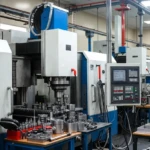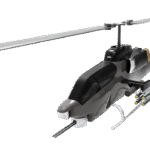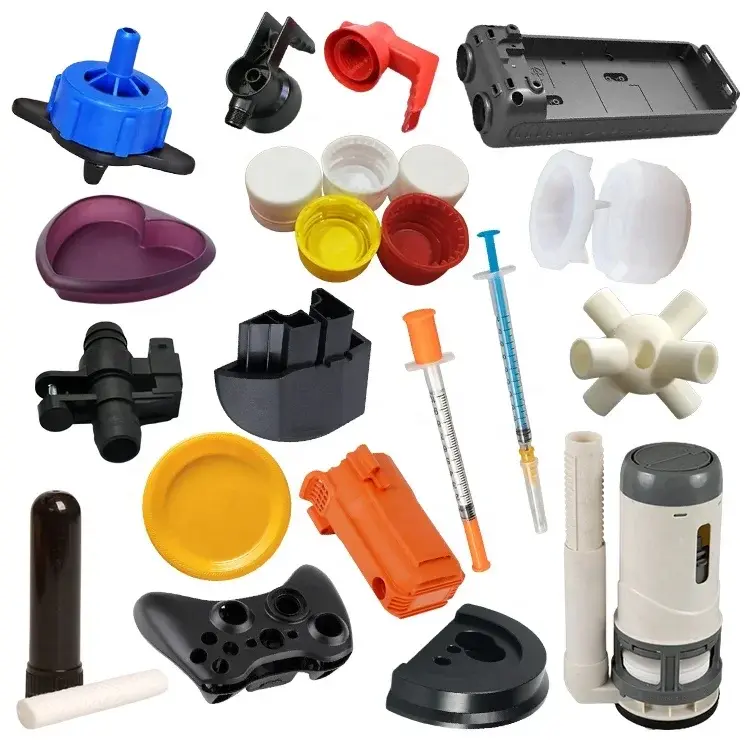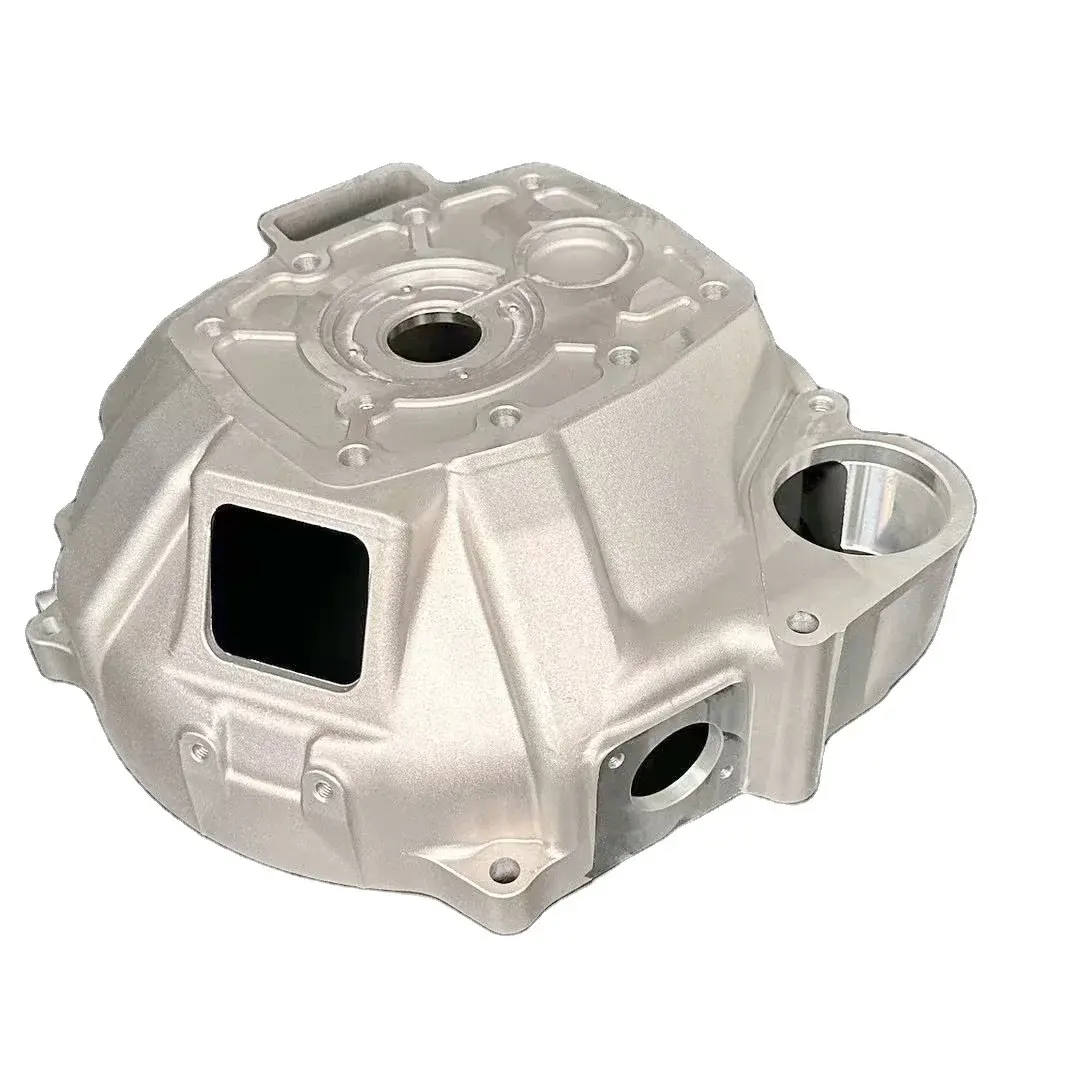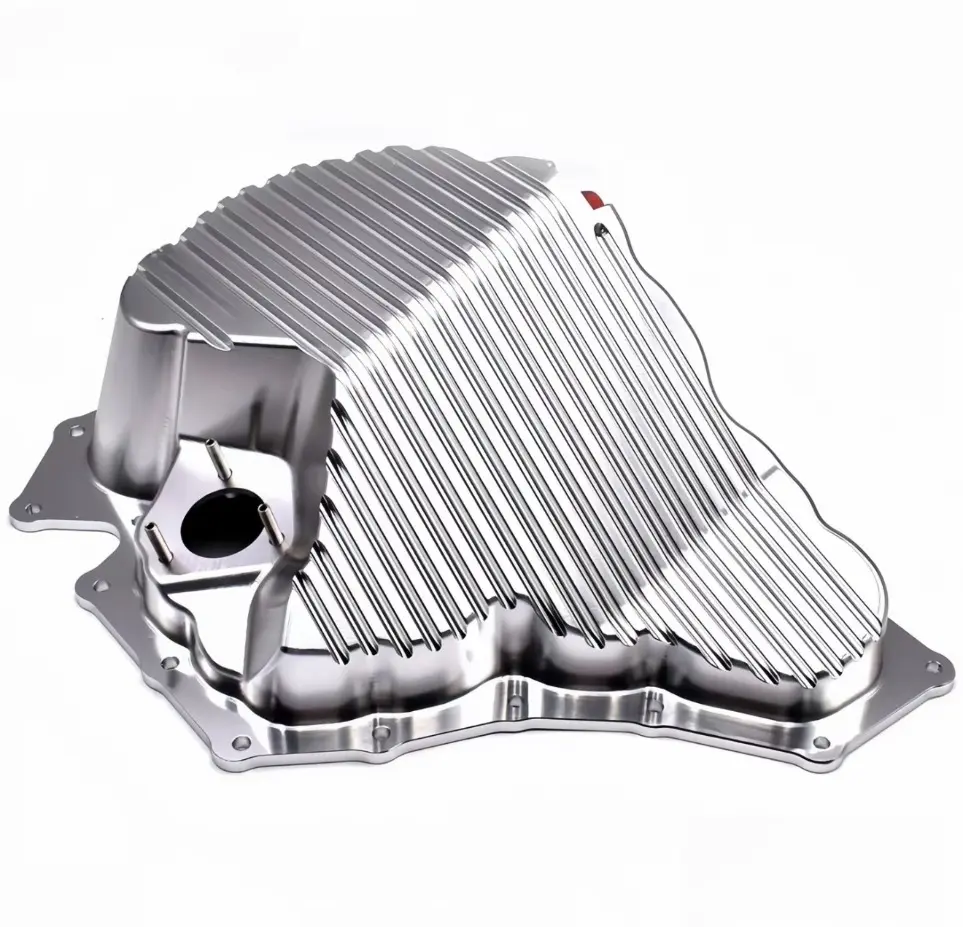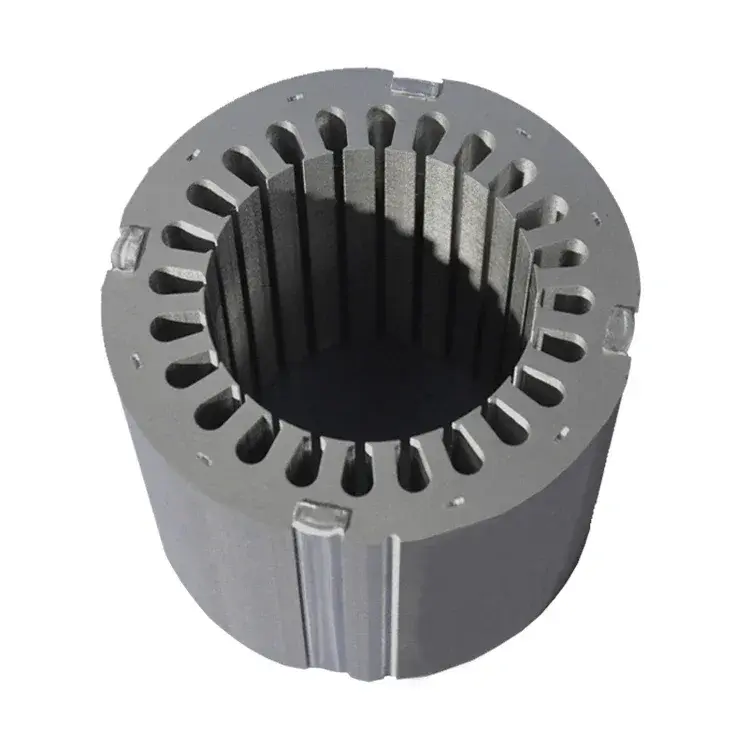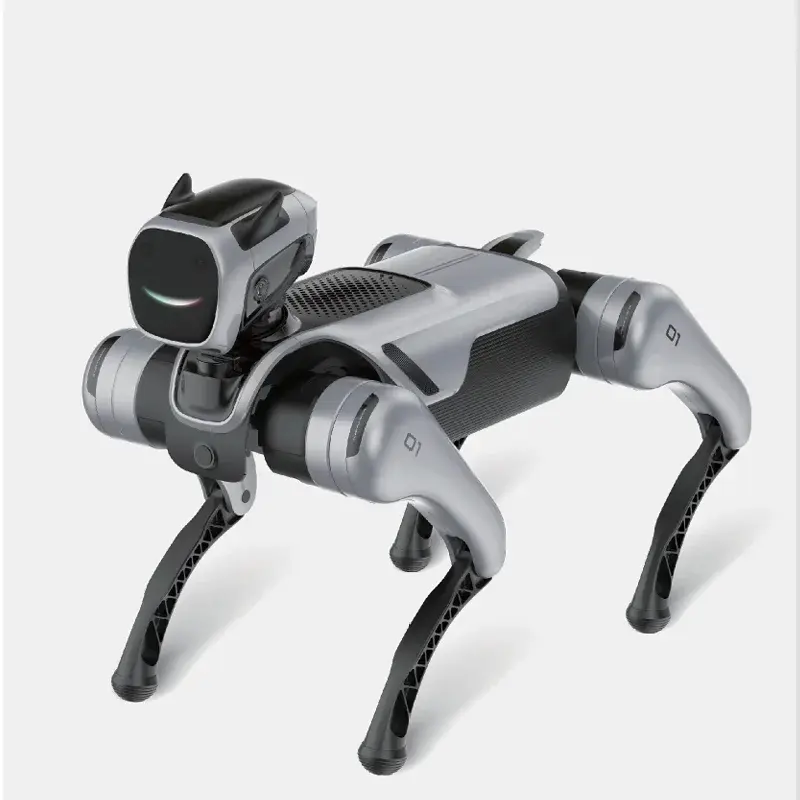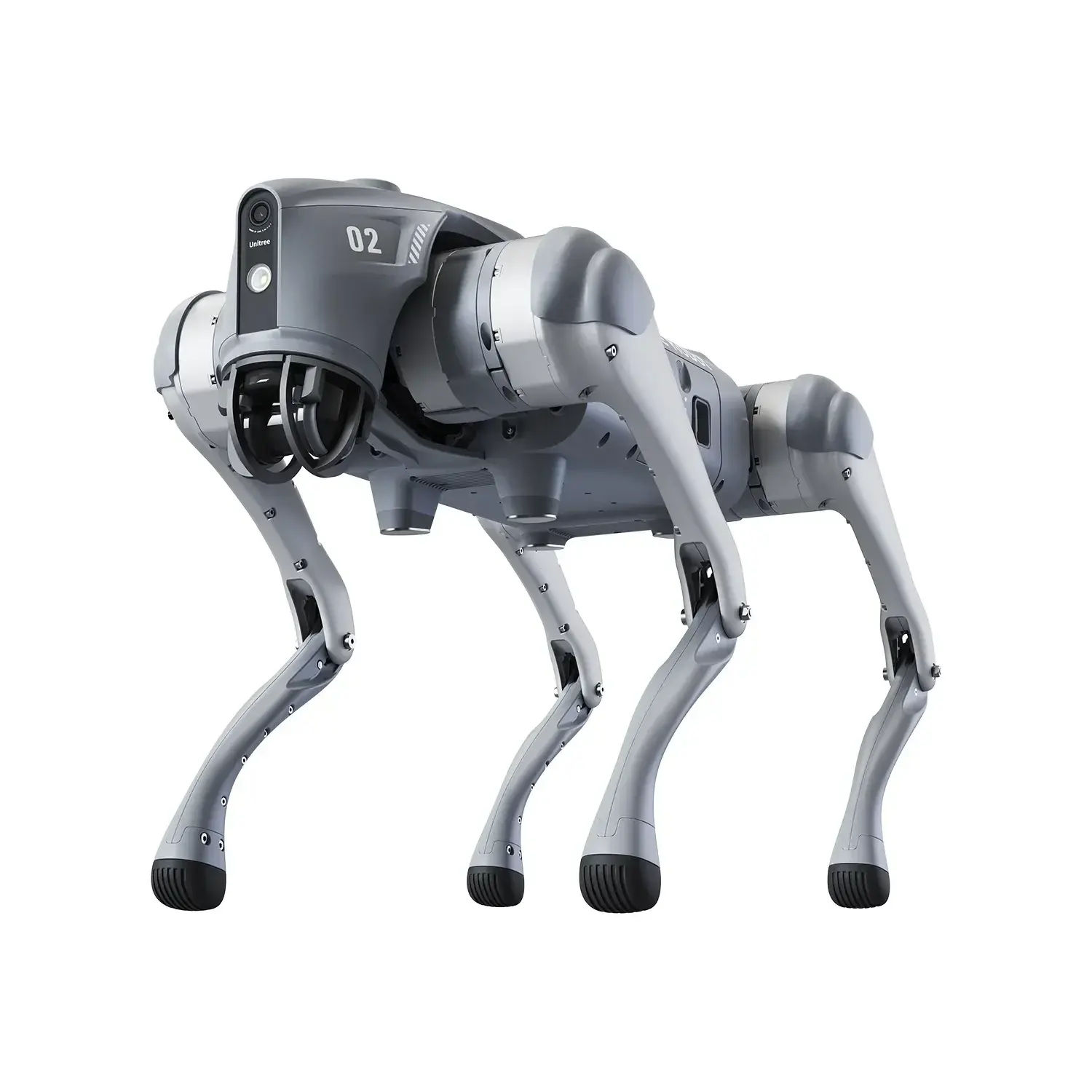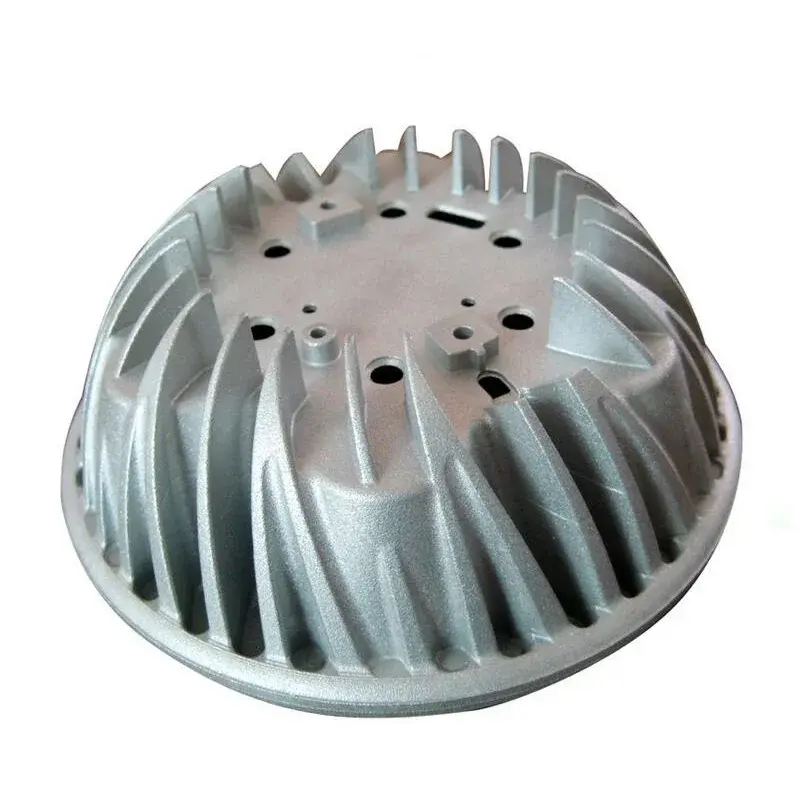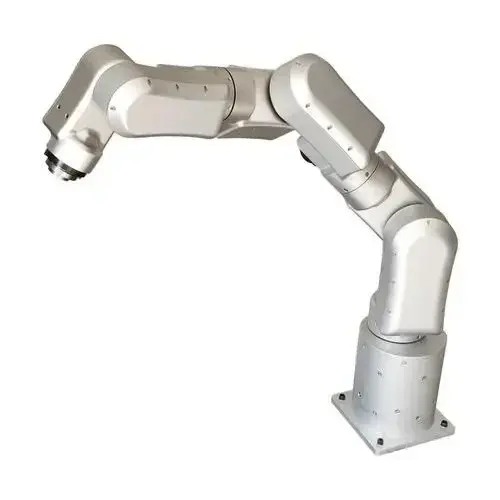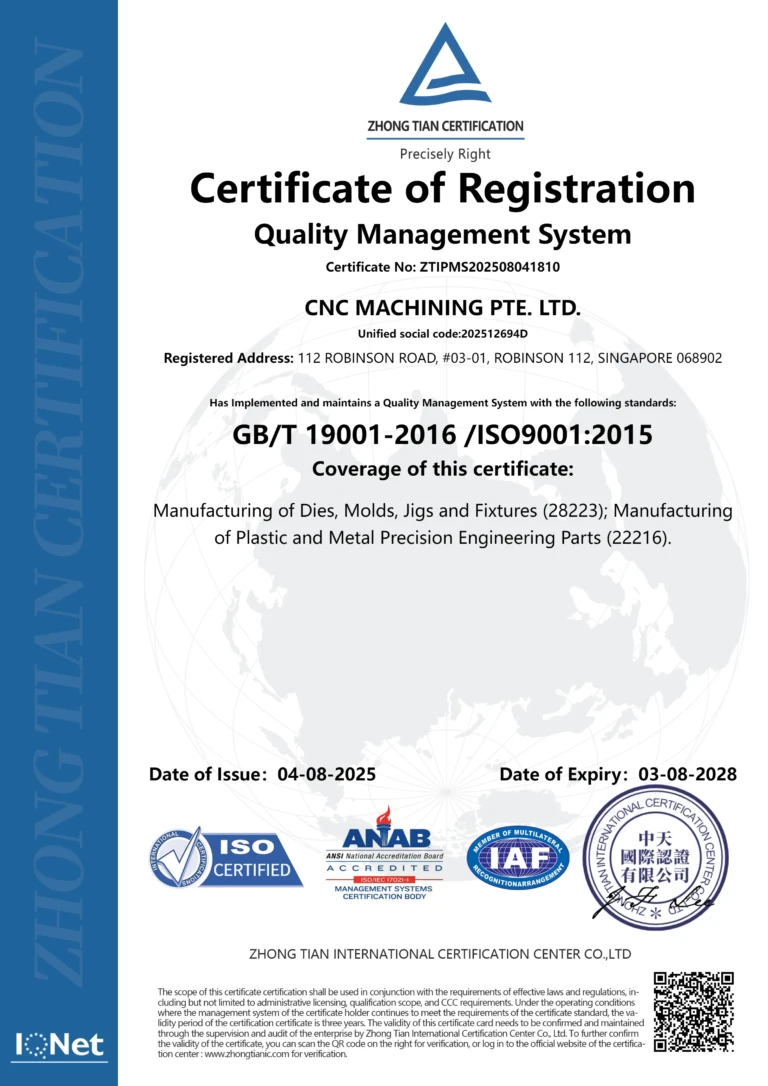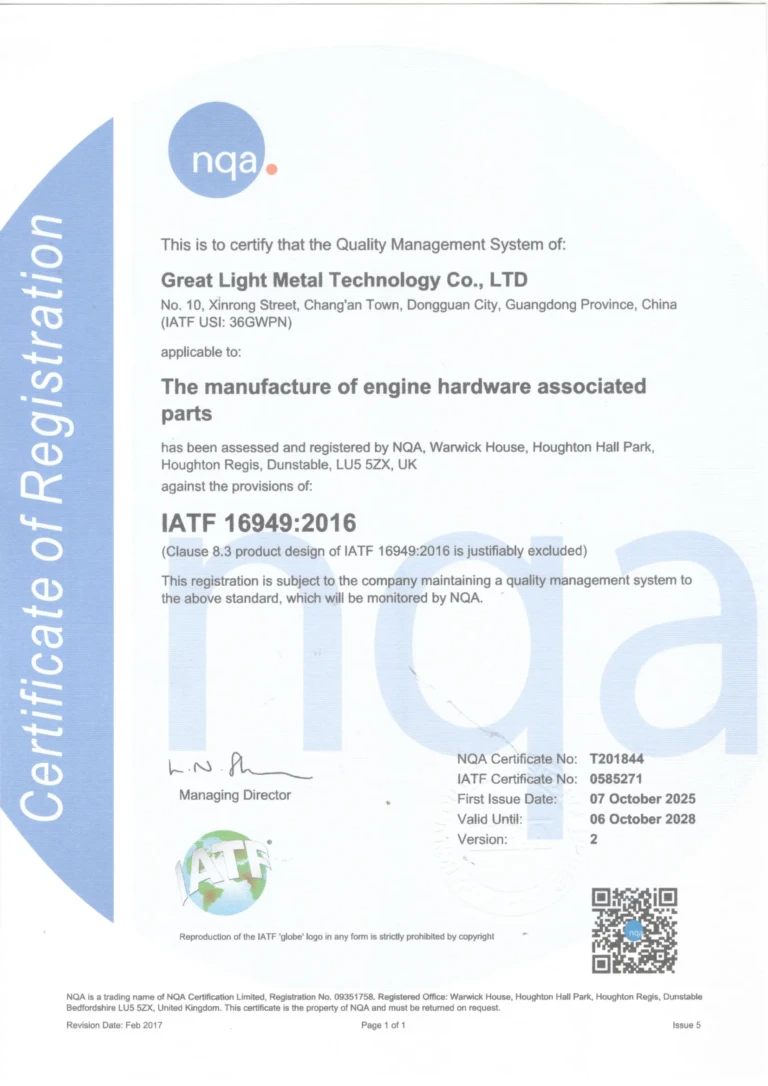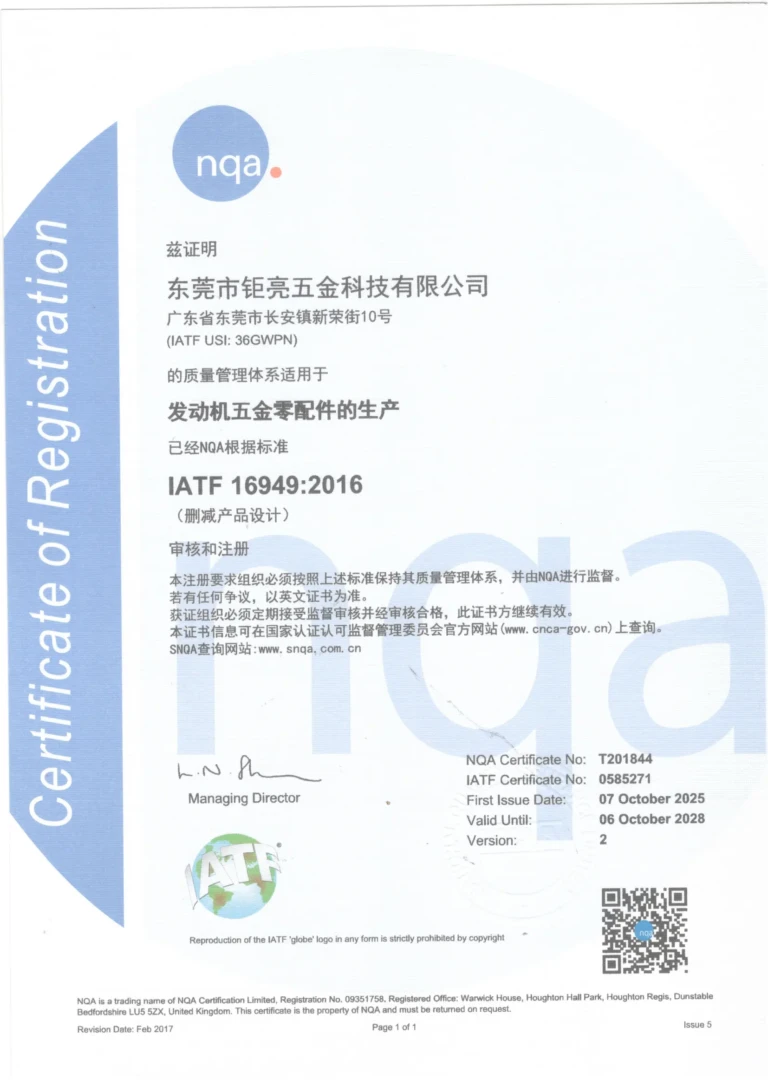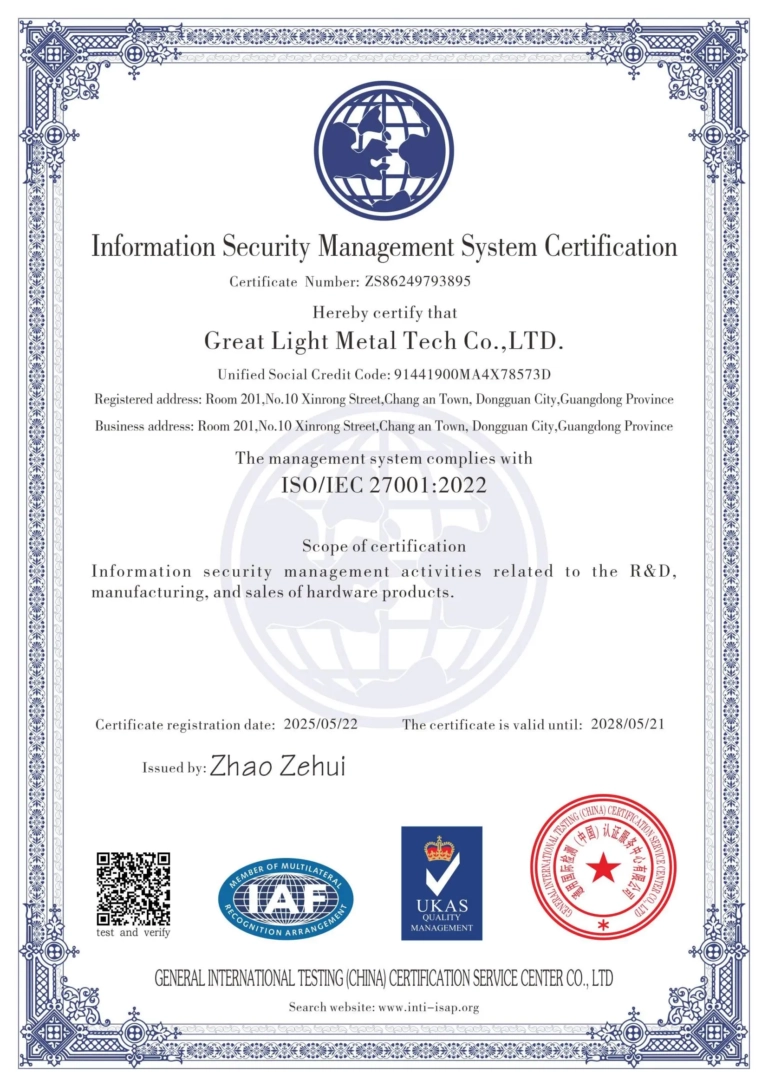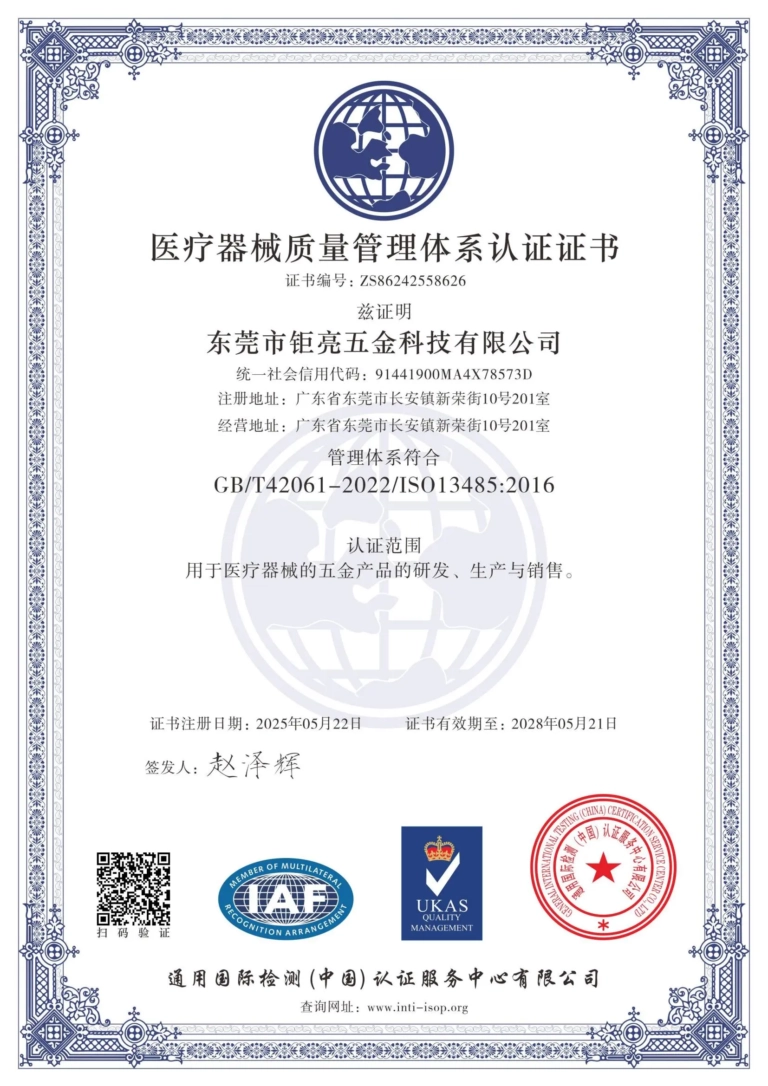1. The connection between the servo motor shaft and the screw is loose, causing the screw pre-motor to be out of synchronization and causing dimensional errors. When inspecting, you only need to mark the coupling between the servo motor and the screw. If you use faster magnification to move the workbench (or tool rest) back and forth, the two ends of the coupling will move significantly relative to each other due to inertia of the workbench (or turret). This type of defect usually manifests itself as a change in processing dimensions in only one direction, which can be eliminated by simply tightening the coupling screws evenly.
2. Poor lubrication between the ball screw and nut increases resistance to movement of the workbench (or tool holder) and prevents complete and accurate execution of movement instructions. This type of failure usually manifests itself as irregular changes in part size on a few wires. The failure can be eliminated by simply improving lubrication.
3. The resistance to movement of the machine tool table (or tool holder) is too great, which is generally caused by too tight adjustment of the inserts and poor lubrication of the surface of the guide rails of the machine tool. This defect phenomenon generally manifests itself as irregular changes in part size within a few wires. Simply readjust the insert and improve the lubrication of the guide rail.
4. The bearing is worn or improperly adjusted, causing excessive resistance to movement. This defect phenomenon also generally manifests itself by irregular changes in size on a few wires. Simply replace the worn bearings and adjust them carefully, and the fault can be eliminated.
5. If the screw clearance or clearance compensation amount is inappropriate, the fault can be eliminated by adjusting the clearance or changing the clearance compensation value.
Determination and repair of defects caused by unstable processing dimensions
1. The part size is accurate and the surface finish is poor
Reasons for failure: the tip of the tool is damaged and not sharp; the machine tool resonates and is unstable; processing technology is poor;
Solution: If the tool is worn or damaged and is not sharp, resharpen it or choose a better tool and recalibrate it; the machine tool resonates or is not placed smoothly, adjust the level, lay the foundation and fix it smoothly; the reason the machine crawls is drag. The guide rails of the board are very worn and the threads. If the lever ball is worn or loose, the machine tool needs to pay attention to maintenance. The iron wire should be cleaned after work, and lubricating oil should be added in time to reduce friction, choose a coolant suitable for processing the workpiece and try; choose a cooling fluid if it can meet the processing requirements of other processes. High spindle speed.
2. The workpiece produces a phenomenon of taper and large head.
Failure reason: The machine tool level is not properly adjusted, one is higher and the other is lower, resulting in unstable placement when rotating the long axis, the filler material is relatively hard and the tool is cut deeply, causing the tool to abandon; the tailstock thimble is not concentric with the spindle.
Solution: Use a spirit level to adjust the level of the machine tool, lay a solid foundation and fix the machine tool to improve its toughness; choose a reasonable process and appropriate cutting feed to prevent the tool from being stressed and adjust the tailstock;
3. The driver’s phase light is normal, but the size of the processed part is sometimes large and sometimes small.
Reasons for failure: the machine tool carriage operated at high speed for a long time, resulting in wear of the screw and bearings; repeated positioning accuracy of the tool holder deviated during long-term use, the carriage can return accurately; at the starting point of processing each time, but the size of the processed part always changes. This phenomenon is usually caused by the spindle. High speed rotation of the spindle causes significant wear on the bearings, leading to changes in machining dimensions.
Solution: Use a dial indicator against the bottom of the tool holder and change a canned cycle program through the system to check the repetitive positioning accuracy of the carriage, adjust the screw shank gap and replace the bearings. Use a dial indicator to check; the repetitive positioning precision of the tool holder. Adjust the machine or replace the tool holder; use a dial indicator to check whether it accurately returns to the program starting point after processing the part. If possible, inspect the spindle and replace the bearing. .
4. The part size differs by a few millimeters from the actual size, or there is a significant change in a certain axial direction.
Cause of failure: the rapid positioning speed is too fast and the drive and motor cannot respond; after long-term friction loss, the screw and bearing of the mechanical carriage are too tight, and the tool holder is too loose after the tool; replacement and cannot be locked tightly; editing program error, head and tail do not respond or tool compensation completes without cancellation; the electronic transmission ratio or pitch angle of the system is incorrectly adjusted;
Solution: If the rapid positioning speed is too fast, adjust the GO speed, cutting acceleration and deceleration and time appropriately so that the driver and motor can operate normally at the rated operating frequency after wear of the machine tool, carriage and screw; crane bearings are too tight. If it is stuck, it must be readjusted and repaired; if the tool holder is too loose after changing the tool, check whether the tool holder reversal time is met, check whether the turbine worm inside the tool holder is worn, and Is the clearance too big, is the installation too loose, etc.? ; if it is due to program reasons, you should modify the program, improve it according to the requirements of the part drawing, choose reasonable processing technology, and write the correct program. according to the instructions in the instruction manual; if it turns out that the size deviation is too large. Then check whether the system parameters are set appropriately, especially if parameters such as electronic gear and pitch angle are damaged. This phenomenon can be measured using. a dial indicator.
Daguang focuses on providing solutions such as precision CNC machining services (3-axis, 4-axis, 5-axis machining), CNC milling, 3D printing and rapid prototyping services.


